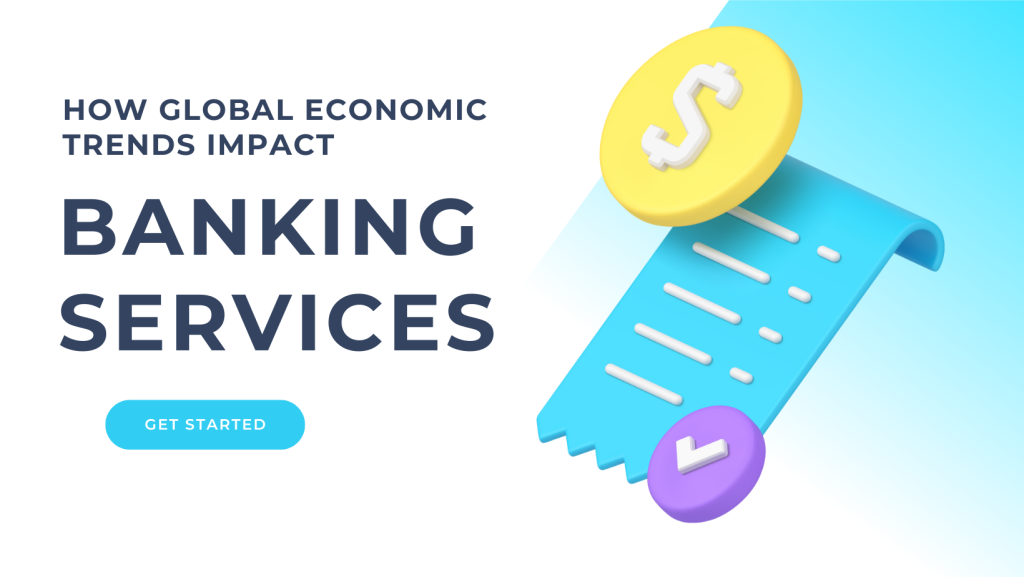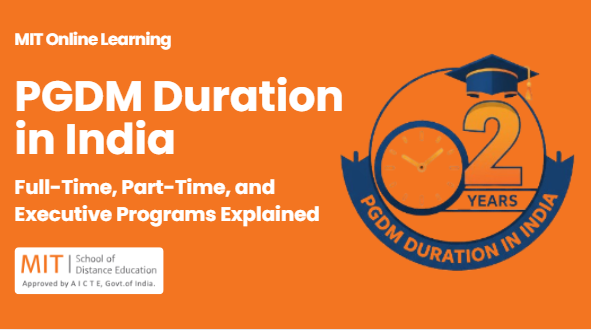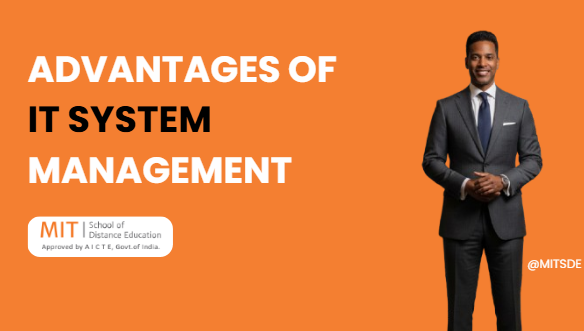
The world’s financial system can feel like a complex machine with countless moving parts. But here’s the secret: it’s actually quite connected!
Events happening across the globe can have a ripple effect, impacting everything from the price of groceries to the interest rates on your loans. Today, let’s explore how these global economic trends influence the way banks operate and, ultimately, the services they offer to us.
Interest Rates: A Balancing Act
Imagine interest rates as a lever that central banks use to control inflation, the rising cost of goods and services. When inflation gets too high, central banks raise interest rates.
This makes borrowing money (like taking out a loan) more expensive, encouraging people to spend less. Conversely, when the economy slows down, they might lower interest rates to stimulate spending and borrowing.
According to the International Monetary Fund (IMF), the global economy is expected to grow at a modest 3.2% in 2024 and 2025. This “steady but slow” growth comes after a period of high inflation in 2023, prompting central banks across the world to raise interest rates.
So, what does this mean for banking and finance?
- Higher Profitability (Potentially): With higher interest rates, banks can potentially earn more on loans they issue. However, it’s not a guaranteed win.
- Slower Loan Growth: As borrowing becomes more expensive, people and businesses might be less likely to take out loans, potentially impacting a bank’s income stream.
- Increased Risk Management: Banks need to carefully assess the creditworthiness of borrowers in a slower economy. This will help better manage the risk of defaults (when borrowers can’t repay their loans).
Navigating a Slower Economy
A sluggish global economy can also pose challenges for banks in other ways. Businesses might face lower profits or struggle to repay existing loans.
Consumers might be more cautious about spending, leading to fewer deposits in banks. This can affect banks’ overall liquidity (their ability to meet financial obligations).
In this scenario, banks might:
- Focus on More Secure Loans: They might prioritize lending to borrowers with a strong financial track record.
- Offer More Competitive Rates: To attract new customers and encourage loan applications, banks might offer better interest rates on deposits or lower fees.
- Embrace Digital Transformation: As people rely more on online banking services, banks might invest in user-friendly online platforms and mobile apps.
Understanding the Big Picture: PG Diploma in Banking & Financial Services
Whether you’re a seasoned banking professional or someone interested in this dynamic field, a top distance PGDM finance course can help you navigate the ever-changing world of finance. Here’s how:
Market Insights:
These programs delve into current economic trends, allowing you to understand their impact on the banking sector and develop informed strategies.
Risk Management:
You’ll learn to assess financial risks and develop strategies to mitigate them, ensuring the stability of a bank’s operations.
Financial Products and Services:
Gain in-depth knowledge of various banking products. These range from traditional loans and deposits to wealth management and financial technology (fintech) solutions.
Regulatory Compliance:
Understanding the regulatory landscape is crucial for banks. PGDM courses provide insights into current and evolving regulations, ensuring your practices are compliant.
Making a Difference Through Distance Certificate Courses
The good news is, acquiring this valuable knowledge doesn’t require putting your life on hold. Many distance learning centers, like the MIT School of Distance Education, offer a PG diploma course in financial services. These programs provide the same high-quality education through a flexible, distance learning format.
Through online learning platforms, you can access course materials, participate in interactive sessions, and connect with experienced faculty – all at your own pace and convenience. This makes it ideal for working professionals or individuals with busy schedules.
The Bottom Line
The global economy is an intricate web of factors constantly influencing the banking sector. With a solid understanding of these trends, banks can adjust their strategies and continue to provide essential financial services to individuals and businesses alike.
By pursuing an online PGDM in financial services, you can gain valuable insights into this dynamic field and contribute to building a more resilient and sustainable banking system.
Ready to learn more? Explore MITSDE’s best PGDM in financial services and take the first step towards a rewarding career in the ever-evolving world of banking!


